The advent of Muslims on the Indian scene commenced a new era in the history of Indian architecture. Most of the rulers and their nobles evinced great interest in raising splendid monuments. The buildings which thus came up were so large in number that even after numerous studies by learned scholars for more than a century, a large number of them still remain unexplored. Dr. Subhash Parihar has undertaken the task of documenting and studying such unexplored medieval monuments of the northwestern India. Over the last two decades he has published more than three dozens of research papers in international journals of art and history like Oriental Art (London), East & West (Rome), Muqarnas (Leiden), Journal of the Pakistan Historical Society (Karachi), Marg (Bombay etc. Seventeen of his studies form the subject of this book. The research papers have been revised in the light of the evidence which came to his notice after their publication in journals. The monuments studied in this book include various building types, viz., gardens, palaces, mansions, tombs, mosques, caravansarais, bridges, kos-minars and tanks. Most of these monuments have been studied by Dr. Parihar for the first time. Besides a detailed documentation and stylistic analysis of these monuments, the author has made an attempt to determine the dates of their construction and to identify the personages whose names are associated with them. The earliest dated of these monuments, the tomb of Rai Firuz (ca. 1434) at Hatur, exhibits beautiful cut brick decoration. The tombs at Hisar com- memorate the soldiers who died fighting in Hunayun’s Gujarat campaign against Bahadur Shah. The Takht-i Akbari at Kahnaur marks the historical place where the coronation ceremony of Emperor Akbar was performed. Beautifully painted tomb of Jamil Beg in the same town has been reduced to a heap of bricks now. But fortunately Dr. Parihar had already taken photographs of its decoration. The palace garden of Sirhind and the tomb garden of Nakodar represent two different types of Mughal gardens. Two nobles of Akbar, Todar Mal and Shamsher Khan, expressed their benevolent feelings by constructing reservoirs for public welfare. The tomb of the latter noble situated near his tank is a significant specimen of Mughal funerary architecture. So are the tombs at Nakodar and Sirhind. Efficient road-system of the Mughals is exemplified by the remains of caravansarais at Fatehabad, Doraha, Nurmahal, Malhian Kalan and Sultanpur Lodhi, and a number of bridges and kos-minars along the Agra-Lahore route. Another significant specimen of Mughal architecture is the madrasa and tomb complex of Shaikh Chillie at Thanesar. The use of animate motifs not so common on Muslim monuments is seen on a number of buildings of the region. These studies make the picture of medieval architecture richer in detail. The profusion of illustrations makes the text much more meaningful and illuminating. This book is valuable for the scholars and students of Indo-Islamic architecture.
Some Aspects of Indo-Islamic Architecture
Add to favorites
Contents
$64.80
$72.00
In stock
Free & Quick Delivery Worldwide
All orders amounting to US$ 50 or more qualify for Free Delivery Worldwide. For orders less than US$ 50, we offer Standard Delivery at $14 per book.
ABOUT THE AUTHOR Subhash Parihar
Subhash Parihar was born on 12 August 1953 at Kot Kapura, East Punjab where he still lives. He is M.A. (History of Art), M.A. (History, M.Phil., Ph.D. As an art historian, he has done pioneering work on the Indo-Islamic architecture of the North-Western India. He is author of Mughal Monuments in the Punjab and Haryana (Delhi, 1985) (Honoured with Dr. W.G. Archer Award by the Punjab Lalit Kala Akademi); Muslim Inscriptions in the Punjab, Haryana and Himachal Pradesh (Delhi, 1985); Some Aspects of Indo-Islamic Architecture (Delhi, 1999) and more than three dozens of research papers published in international journals like Oriental Art (London); Iran (London); East and West (Rome); Muqarnas (Leiden); Journal of Pakistan Historical Society (Karachi); Islamic Studies (Islamabad); Marg (Mumbai); etc. He was awarded Homi Bhabha Fellowship (1994-96). He undertook a Photographic Survey of Architectural Heritage of Haryan under Senior Fellowship from the Ministry of Culture, Government of India (2001-03). Also contributed to The Dictionary of Art (34 Vols.) published by Macmillan (London) and Encyclopaedia of Persian Language, Literature and Culture in the Sub-Continent (to be published in Iran). He has just completed his fifth book-Land Transport in Mughal India: Agra-Lahore Mughal Highway and its Architectural Remains-Partially financed by The Barakat Trust. Dr. Parihar is active in the fields of painting, sculpture and photography also. As an artist he has been actively participating in art exhibitions since 1977. He has had two one-man shows of his works in Government Museum and Art Gallery, Chandigarh (1979) and Triveni Gallery, New Delhi (1982). He was awarded by Punjab Lalit Kala Akademi in 1979 for the best collage. He has also participated in Artists’ Camps in 1979 and 1980, and in 1997. In the field of photography too, he has bagged about two dozen prizes including the Punjab Lalit Kala Akademi Award (1997). At present he is doing a book (under University Grants Commission) on the Architectural Heritage of the erstwhile Sikh State of Faridkot. He is working as lecturer in History at Government Brijindra College, Faridkot, Punjab.
reviews
0 in total
Review by Anonymous
Be the first to review “Some Aspects of Indo-Islamic Architecture” Cancel reply
You must be logged in to post a review.
Bibliographic information
Title
Some Aspects of Indo-Islamic Architecture
Author
Edition
1st ed.
Publisher
ISBN
8170173817
Length
191p., Figures; Plates; Bibliography; Index; 30cm.
Subjects

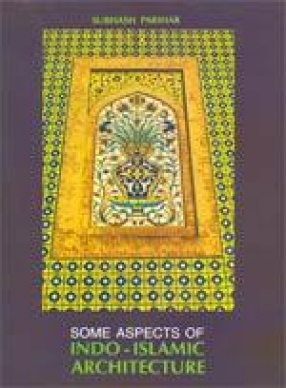
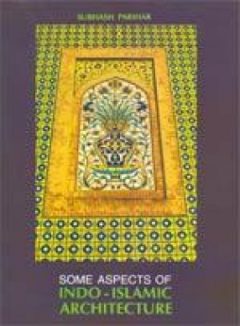

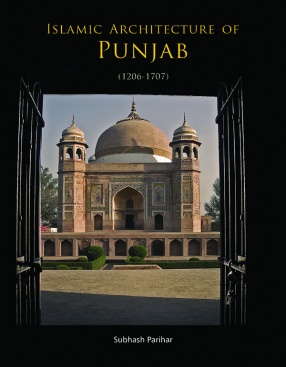

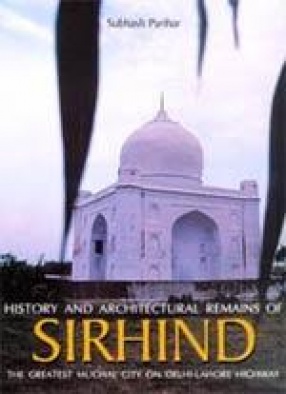
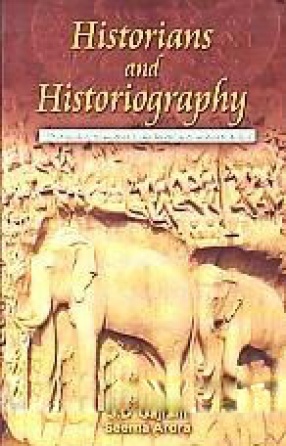
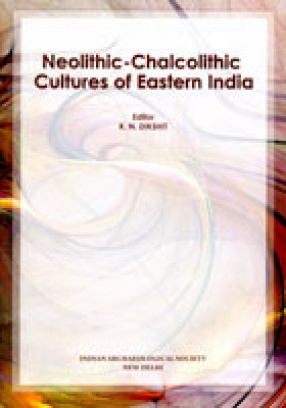

There are no reviews yet.